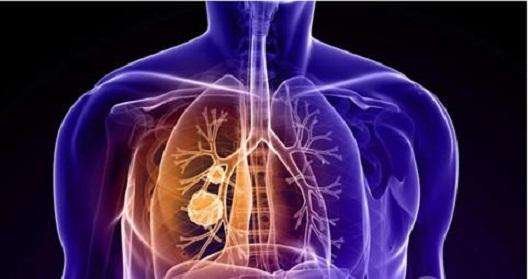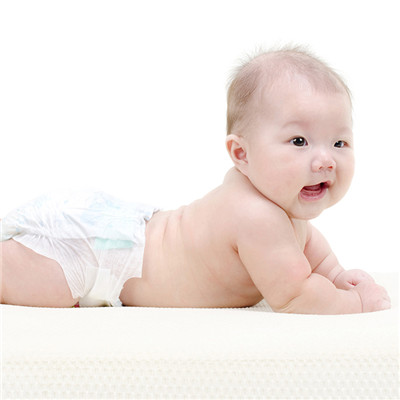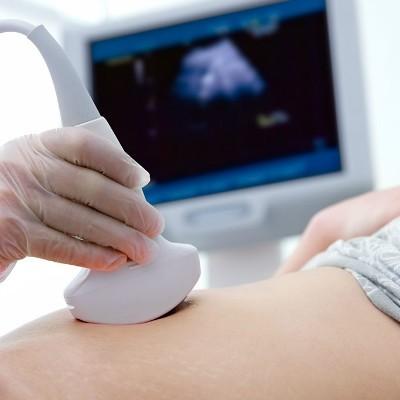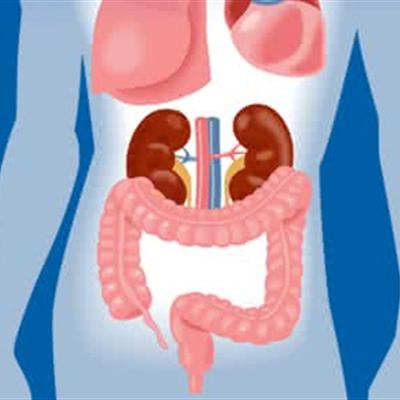What reason is fetal polycystic kidney?
summary
Pregnant fast 6 months, discover fetal bilateral polycystic kidney, other are normal, excuse me the child can want?, B-ultrasound and MRI showed that the fetus was singleton, head position, posterior wall of placenta, low position, polycystic kidney, also known as syndrome, syndrome, congenital renal cyst tumor disease, cystic kidney, bilateral renal hypoplasia syndrome, benign multilocular cystic tumor of kidney, polycystic kidney disease. In 1941, Zhu Xianyi first reported that this disease is not uncommon. There are two types of polycystic kidney. Let's take a look at the following.
What reason is fetal polycystic kidney?
First, polycystic kidney disease is hereditary. According to the genetic characteristics, it can be divided into autosomal dominant polycystic kidney disease (ADPKD) and autosomal recessive polycystic kidney disease (ARPKD). Autosomal dominant polycystic kidney disease is common. ADPKD is autosomal dominant inheritance, which is characterized by familial aggregation. Both men and women have the same chance of being affected, and patients can appear in successive generations.

Second: autosomal dominant polycystic kidney disease, also known as adult polycystic kidney disease, is a common polycystic kidney disease. The prognosis of the disease has been improved because of the deeper understanding of the disease. ARPKD is autosomal recessive inheritance. Almost none of the parents had the same medical history. Autosomal recessive polycystic kidney, also known as infantile polycystic kidney, is a rare type of polycystic kidney. They often die shortly after birth, and only a few of the lighter types can survive into childhood or even adulthood.

Third, ADPKD is common in adults. Whether cysts exist at birth, grow up over time, or develop in adulthood has not been fully elucidated. However, most of the lesions may exist in the fetal period. Most of them were bilateral renal abnormalities. The degree of lesions on both sides was not consistent. Its characteristic is: the whole kidney is covered with cysts of different sizes, and the diameter varies from rigid to several centimeters. Nipples and cones are often illegible. The renal pelvis and calyces were obviously deformed. There is urine like fluid in the capsule, which shows different appearance when bleeding or infection. The progressive growth of cysts may be related to the process of cell proliferation, the change of cell secretory function and the damage of surrounding tissues. After cultured, ARPKD cyst epithelial cells showed different characteristics from ADPKD: there were endotoxin or gram negative bacteria in ADPKD cyst fluid, but there was no endotoxin or gram negative bacteria in ARPKD cyst fluid.

matters needing attention
Patients must pay attention to personal hygiene, relax and rest in their daily life. They should try not to eat greasy and irritating food. They must eat nutritious things and eat more fresh fruits and vegetables.














